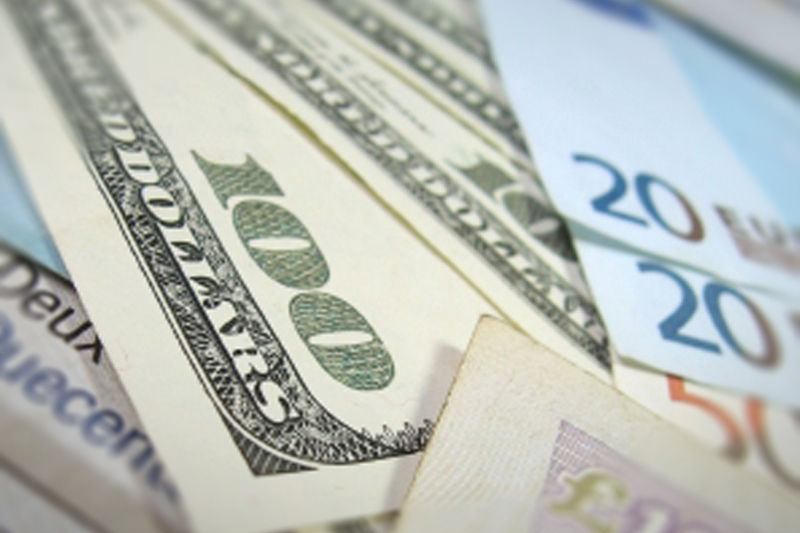Investing.com -- EUR/USD fell mildly on Friday extending losses from one session earlier, as soft inflation data in the euro zone last month raised speculation on whether the European Central Bank could ramp up its comprehensive bond buying program at a critical meeting next week.
The currency pair traded in a tight range between 1.1335 and 1.1395, before settling at 1.1347, down 0.0040 or 0.35% on the session. EUR/USD has remained in a holding pattern over the last several weeks, devoid of any major fluctuations. Since September 21, the pair has traded between a level of 1.11 and 1.15, marking a span of 19 sessions. During that period, EUR/USD has failed to move 1% in either a positive or negative direction in a single trading day. As a result, the euro is only up modestly against the dollar over the last month – by a margin of approximately 0.75%.
EUR/USD likely gained support at 1.1133, the low from Oct.1 and was likely met with resistance at 1.1713, the high from Aug. 24.
On Friday morning, Eurostat reported that the Consumer Price Index in the euro zone fell 0.1% on an annual basis in September, in line with flash estimates. The persistent downturn in energy prices continued to weigh on inflationary pressures. Core CPI, which strips out volatile items such as energy, food and tobacco prices, remained 0.9% above its level from 12 months ago, unchanged from August.
The ECB could extend the scope of its €1.1 trillion quantitative easing program when it meets again next Thursday.
Meanwhile, currency traders continued to digest the release of weak U.S. inflation data on Thursday, when the U.S. Bureau of Labor Statistics said consumer prices fell by 0.2% in September, following a 0.1% decline a month earlier. The Fed Reserve would like to see inflation firm considerably before it raises short-term interest rates for the first time in nearly a decade.
Elsewhere, The University of Michigan's Consumer Sentiment Index surged more than five points to 92.1 for October, falling in the high end of a consensus range between 87.5 and 93.0. Last week, Federal Reserve Bank of Atlanta president Dennis Lockhart indicated that he will be watching consumer sentiment closely as he weighs whether the U.S. central bank should raise short-term rates before the end of the year.
A rate hike is viewed as bullish for the dollar, as foreign investors pile into the greenback in attempts to capitalize on higher yields.
The U.S. Dollar Index, which measures the strength of the greenback versus a basket of six other major currencies, gained more than 0.4% to an intraday high of 94.81. Earlier in the week, the index dipped below 94 to fall to a fresh monthly low, significantly below its intraday high of 96.64 on Oct. 1.
Yields on the U.S. 10-Year rose two basis points to 2.03%, completing the sharpest two-day increase in two weeks. Government bond yields move in an inverse direction as bond prices.
